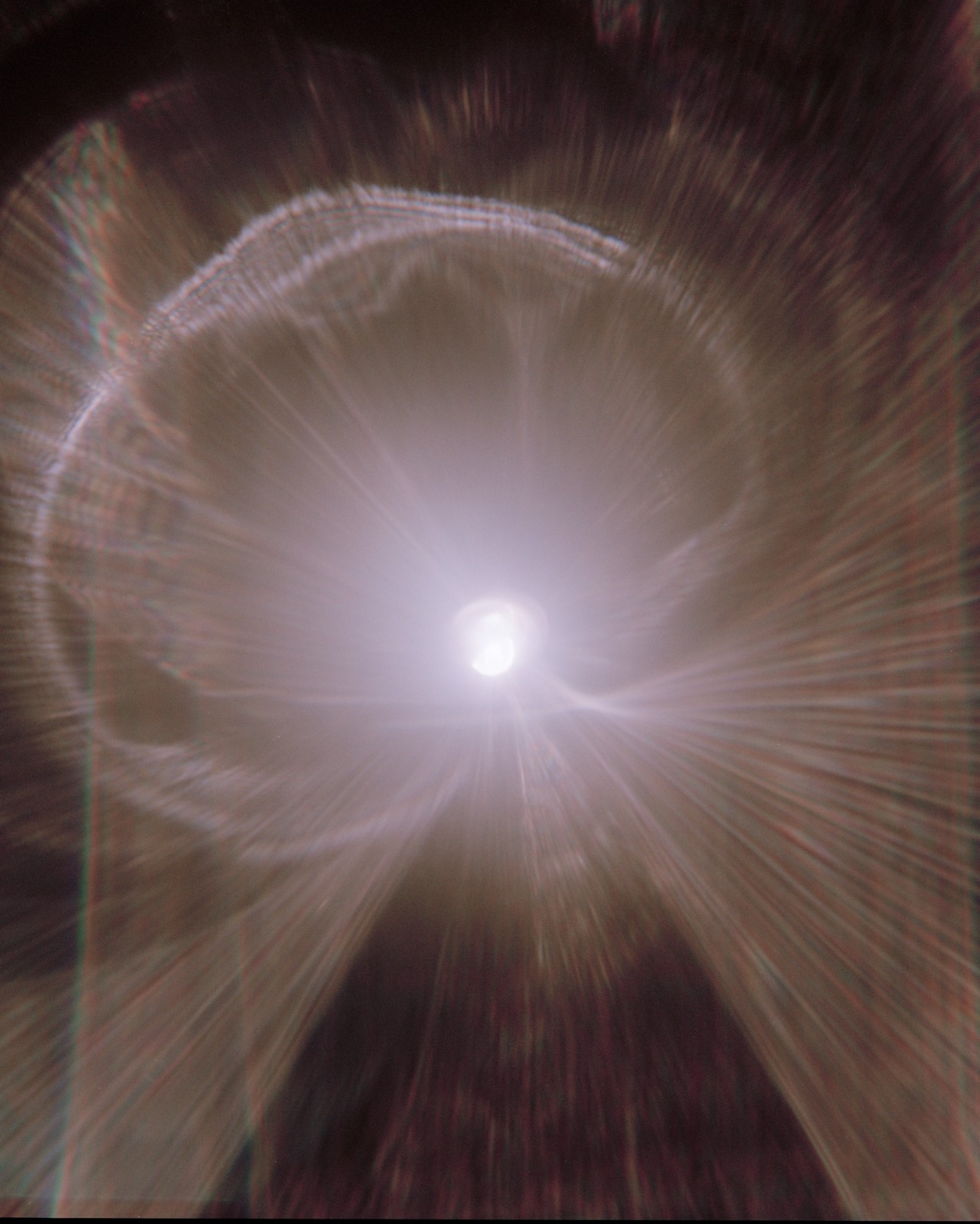
Photograph by Inès Dieleman / Trunk Archive
words by willow defebaugh
“She walks in beauty, like the night
Of cloudless climes and starry skies;
And all that’s best of dark and bright
Meet in her aspect and her eyes;
Thus mellowed to that tender light
Which heaven to gaudy day denies.”
Nearly six months ago, on the eve of my birthday, I found myself under the brightest night sky I had ever seen. With stars and constellations painted across the milky backdrop of our galaxy, I turned to my then-partner and shared a poem that has taken on special significance to me. The next morning, we walked downstairs and there, in a remote jungle, scribed on a wall in large letters were the words I had recited just hours earlier: “She walks in beauty, like the night…”
There was a time in my life when I would have labeled that literal sign a figurative one, reinforcement of the notion that “everything happens for a reason.” But, like many, personal and collective loss has put me at odds with such a framework. Disaster can do that: make everything feel meaningless. It’s a natural response to what feels like a world plunged in darkness. But what does that mean exactly? Well, in order to understand darkness, we must first understand light.
In the strictest sense, light is electromagnetic radiation that is visible to the human eye. While it occurs at a wide range of wavelengths, the band humans can see is incredibly narrow. Even still, through our sense of sight, light is the primary tool with which most of our species perceives the world around us and beyond; everything we know about the universe is thanks to electromagnetic radiation. It is how we glean information, and from that, create meaning. Darkness is merely its absence.
Fittingly, the phrase “dark night of the soul” refers to a kind of existential crisis in which understanding is obscured, surrender is imperative, and transformation is found. Teacher and author Eckhart Tolle likens this process to looking around a room and realizing that nothing in it is what you thought: nothing has meaning. While painful, in accepting that realization, you can then start to appreciate what is actually around you, and see the world in a new light.
“You are meant to arrive at a place of conceptual meaninglessness,” Tolle writes, “where things lose the meaning that you had given them, which was all conditioned and cultural and so on. Then you can look upon the world without imposing a mind-made framework of meaning…to go around the Universe without any longer interpreting it compulsively, as an innocent presence. You look upon events, people, and so on with a deep sense of aliveness.”
I believe that our world is experiencing its own dark night of the soul, and has been for a while now. Some are resisting it, while others are unlearning the layers of meaning that have been imposed upon us. For those that do walk that road, what exists on the other side is not lightness as in happiness and ease, but rather the dawning of a new day in which we can actually accept what is. And acceptance is always the first step in creating true transformation.
Lord Byron’s words came to me by way of my mother years ago. It has always been her favorite poem, but she said it wasn’t until watching me navigate my own dark night of the soul that she realized it reminded her of me. For in that time, I’ve learned that to walk in beauty like the night is not to walk in doubtless faith or shimmering grace, but to hurl yourself into the void and let all that isn’t you be stripped away. To let yourself be changed—lighter yes, but more crucially alive.
All That’s Best of Dark and Bright